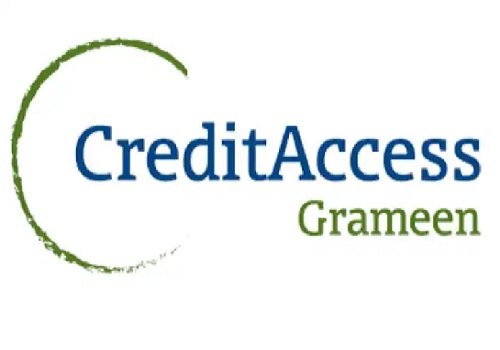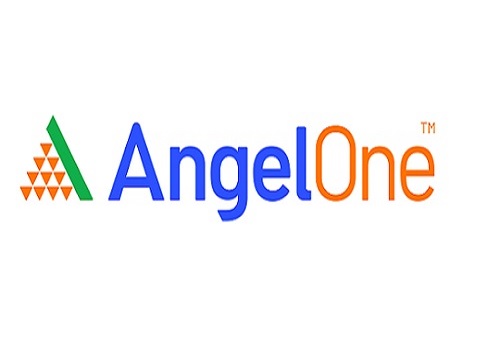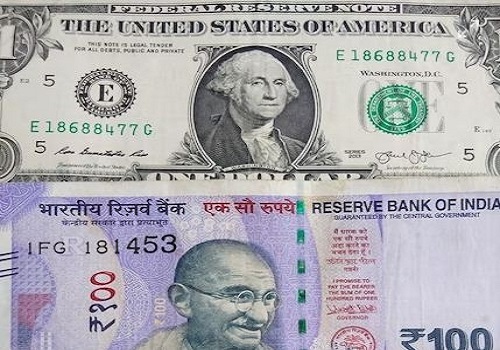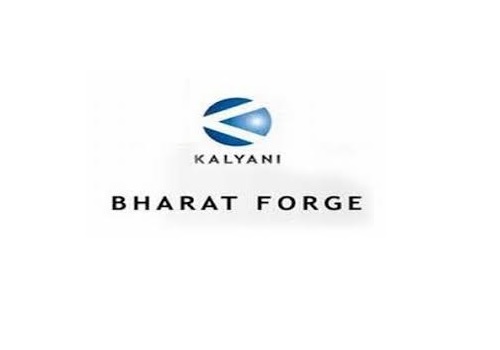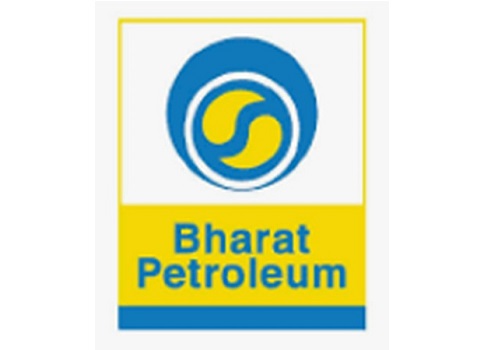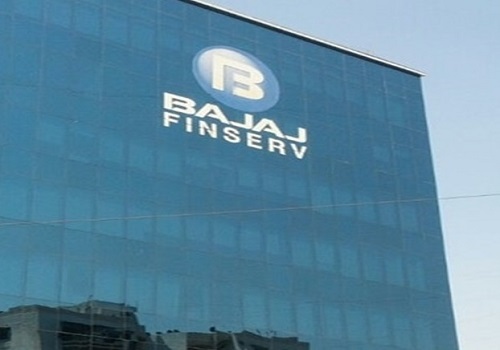Sector Update - Benefit of a declining interest rate cycle sometime away by Motilal Oswal Financial Services

Benefit of a declining interest rate cycle sometime away
Jitteriness in personal loans and MFI because of recent developments
* In early FY24, NBFCs/HFCs benefitted from anticipated interest rate cuts, which could happen in the later part of the fiscal year. However, the broader consensus emerging today, from both the RBI MPC meetings and the FOMC meetings is that interest rate cuts are not on the horizon in the near term, despite the easing of persistent inflationary pressures. Adding to the challenge,
* the RBI RWA’s circular on Bank Term Loans to NBFCs has resulted in a rise (in varying quantum) in borrowing costs for the NBFCs, affecting their NIMs. As a result, NIM stabilization/expansion has been further delayed by one/two quarters.
* NBFCs, with a presence in personal loans (PL), have started calibrating their loan growth trajectory, expressing a clear intention to cut down on lower ticket personal loans and/or BNPL. In response to the RBI’s dissatisfaction with the lending yields of MFIs, many NBFC-MFIs have voluntarily cut their lending rates (in few instances by ~50bp) on new loans.
* We highlight the key trends shaping sub-sectors below and then present a curated tabular representation of important guidance/insights given by each of the companies in our NBFC coverage universe.
Vehicle Finance
* Vehicle Financiers (except MMFS) reported largely stable margins in 3QFY24. Because of the RBI RWA circular, CoB went up during the quarter. However, CoB (both weighted average and incremental) are now expected to stabilize and/or peak out at current levels. Lenders also took marginal interest rate hikes on their incremental lending. This should support NIM trajectory, going ahead.
* While no vehicle financier believes that the auto (or CV) cycle has peaked out, there is selective acknowledgement that the auto volume growth could moderate in FY25. With new CVs, the Bus segment is exhibiting good demand.
* In the PV segment, the inventory levels at dealerships have rebounded to a twomonth supply, with an anticipated volume growth of <10% in FY25. However, preference for SUVs (over entry-level vehicles) could continue to support healthy disbursement growth.
Housing Finance
* Housing Financiers continued to see NIM compression because of both a decline in yields as well as a rise in borrowing costs. This NIM compression is expected to sustain for one-two more quarters and subsequently stabilize.
* Competitive pressure between banks and large HFCs operating predominantly in the prime segment continues to remain high. Large HFCs saw compression of yields because of incremental lending at lower interest rates in select geographies and book retention strategies (to stem BT-OUTs).
* Demand in apartment-led urban affordable housing particularly in ticket sizes of INR1.5-3.0m remained muted. Demand in this segment is expected to see an uptick from a potential housing incentive scheme announced in the Interim Budget. Rating CMP TP FY26E (INR) (INR) Housing Finance LICHF Buy 649 755 PNBHF Buy 726 1,025 Aavas Neutral 1,437 1,650 HomeFirst Buy 903 1,180 CanFin Neutral 793 815 Repco Neutral 436 490 Vehicle Finance CIFC Buy 1,096 1,470 MMFS Buy 288 340 SHFL Buy 2,451 2,700 Indostar Buy 225 245 Gold Finance Muthoot Neutral 1,320 1,440 MGFL Buy 180 230 Diversified BAF Buy 6,571 8,500 PFL Buy 463 580 ABCL Buy 187 230 LTFH Buy 171 200 PIEL Buy 936 1,100 MASFIN Buy 332 390 IIFL Finance Buy 622 800 Microfinance CREDAG Buy 1,480 1,985 Fusion Buy 552 720 Spandana Buy 915 1,400 Sector Update | 1 March 2024 Financials - NBFCs Tracking Trends for NBFCs Sector Update | 1 March 2024 Financials - NBFCs 4 March 2024 6
* There is uncertainty regarding the potential increase in risk weights on the LAP product. If there is indeed an increase in risk-weights on LAP, CRAR of the affordable HFCs could be adversely impacted by ~2-3pp.
* Asset quality continues to remain benign and no one seems perturbed by delinquencies in the affordable housing segment. Credit costs expected to remain benign.
Gold Finance
* Competitive intensity in gold finance from banks (and even some NBFCs such as Bajaj Finance) has increased over the last six months. Despite high competition, gold loan yields improved for MGFL and MUTH over the last two quarters.
* MGFL shared that its standalone cost of borrowings rose ~20bp in 3QFY24 because of increase in risk weights on bank term loans to NBFCs. It guided that CoB can rise by another ~10-20bp in 4QFY24. MUTH also expects an increase in borrowing costs over the next one-two quarters.
* 4Q is typically the strongest quarter for gold finance, and with the support of higher gold prices, we anticipate 4QFY24 to be no different.
* MUTH’s Gross Stage 3 (GS3) continued to remain elevated at ~3.8% as on Dec’23. This is notable even after the company executed an ARC transaction with a gold loan pool of ~INR7b in 2QFY24. In our view, MUTH might want to further bring down its GS3 by Mar’24 through higher auctions in 4QFY24.
Microfinance
* Given that the regulator RBI had on multiple occasions expressed its displeasure on the lending interest rates charged by MFIs, a few NBFC-MFIs, including CREDAG and IIFL Samasta voluntarily reduced their lending rates by up to ~50bp in 3QFY24. MUTH shared that the self-regulatory organization (SRO) in MFI is very strong – that the MFI industry has taken a decision to recalibrate its lending rates and that even Belstar was doing it.
* Micro-financiers, depending on either their geographic exposures or internal business model reorganizations, reported a deterioration in asset quality during the quarter. CREDAG was adversely impacted by floods in Tamil Nadu, while Fusion experienced lower collection efficiency in Punjab. Spandana, on the other hand, reported an increase in GS3 because of its internal project Parivartan.
Diversified Lender
* Diversified lenders having a presence in the personal loans (PL) segment calibrated their loan growth in the PL segment. BAF acknowledged that it was seeing stress in the Rural and Urban B2C segments and also increased its credit costs guidance for FY24.
* Lenders acknowledged that they have taken corrective steps in their PL segment, particularly in digital fintechs/partnership-led personal loans. Small ticket personal loans continued to exhibit stress and/or forward flows.
* RBI RWA circular led to an increase in risk weight on unsecured consumer credit and had varying impact on the capital adequacy of the lenders present in the PL segment.
For More Motilal Oswal Securities Ltd Disclaimer http://www.motilaloswal.com/MOSLdisclaimer/disclaimer.html
SEBI Registration number is INH000000412


